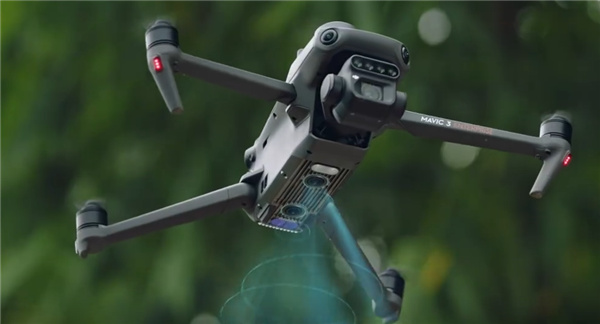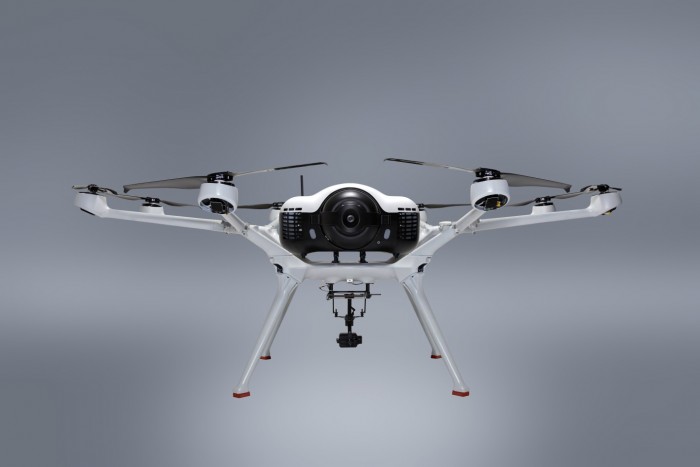In today’s fast-evolving technology landscape, drones with thermal cameras have become a game changer across various sectors. These drones are equipped with advanced imaging capabilities which extend beyond conventional cameras, offering enhanced visibility and precision in different environmental conditions. The integration of thermal imaging technology with drones has opened new avenues for professionals ranging from law enforcement to wildlife conservation, providing unprecedented insights from the skies.
Why Opt for Thermal Camera Drones?
Thermal cameras are pivotal in detecting infrared radiation, which is emitted as heat by all objects. This ability allows drones with thermal cameras to capture images that reflect temperature differences, offering critical data that isn’t visible to the naked eye. This capability is invaluable in scenarios such as search and rescue missions, where locating individuals based on body heat can be life-saving.
The demand in fields like inspection, agriculture, and firefighting further solidifies the importance of these drones. For instance, in agriculture, identifying heat patterns enables farmers to monitor crop health and manage irrigation more effectively. Meanwhile, firefighters use thermal drones to pinpoint hotspots in wildfires, directing efforts where they’re most needed.
Top Features to Look For
- Camera Resolution:
 When choosing a thermal camera drone, resolution is paramount. A higher resolution provides a clearer thermal image, essential for detailed analysis.
When choosing a thermal camera drone, resolution is paramount. A higher resolution provides a clearer thermal image, essential for detailed analysis. - Flight Time: Extended flight durations allow for comprehensive surveys without frequent recharge interruptions, enhancing operational efficiency.
- Durability:
 A drone’s ability to withstand harsh weather conditions is crucial, especially in missions where weather unpredictability is high.
A drone’s ability to withstand harsh weather conditions is crucial, especially in missions where weather unpredictability is high. - Range: Longer operational ranges enable extensive area coverage, making them perfect for surveillance and mapping.
Applications and Innovations
Thermal drones are proving their worth in new and innovative ways. In the realm of law enforcement, these drones assist in surveillance operations and crowd control, offering a bird’s-eye view that augments situational awareness. They’re also revolutionizing the way wildlife researchers track animals, monitoring movements, and habitat use without intrusive methods.
The construction industry also benefits immensely from thermal imaging drones. By visualizing temperature differences, these drones can identify structural flaws, poor insulation, and water leaks, preventing costly damages down the line.
“The potential applications for thermal drones are as expansive as the imagination allows.”
Common Concerns and FAQs
How does weather affect thermal drone operations? While drones are built to withstand various weather conditions, extreme climates such as heavy rain or snow can affect visibility and battery performance. Thus, understanding the limits of your drone’s capabilities in adverse weather is essential.
Are thermal drones legal? Drone usage, including those with thermal cameras, is subject to regulations varying by country. Operators must comply with local laws regarding privacy, airspace, and operational permits, ensuring that their use aligns with legal standards.
What is the cost range of drones with thermal cameras? Prices vary greatly based on features and specifications. Entry-level models might start around $1,000, while professional-grade versions can exceed $10,000, particularly when equipped with high-end cameras and advanced flight features.